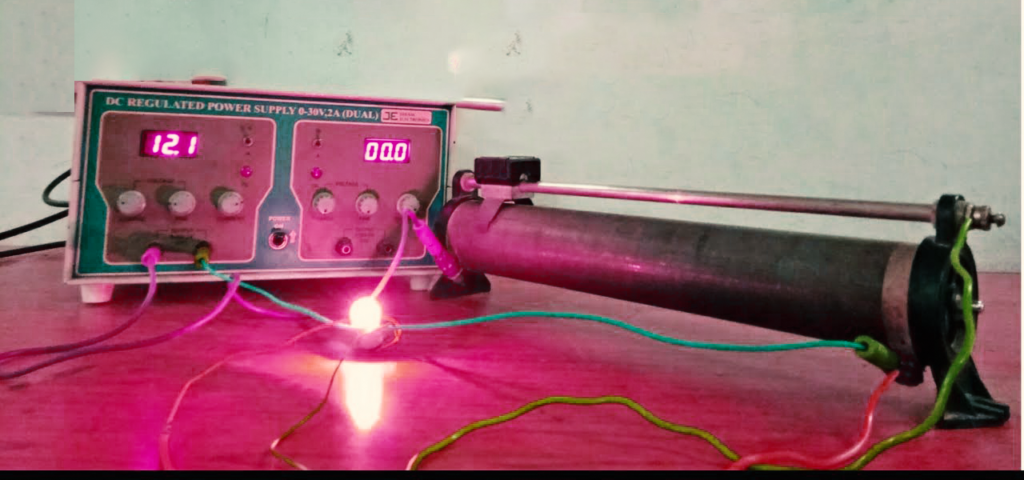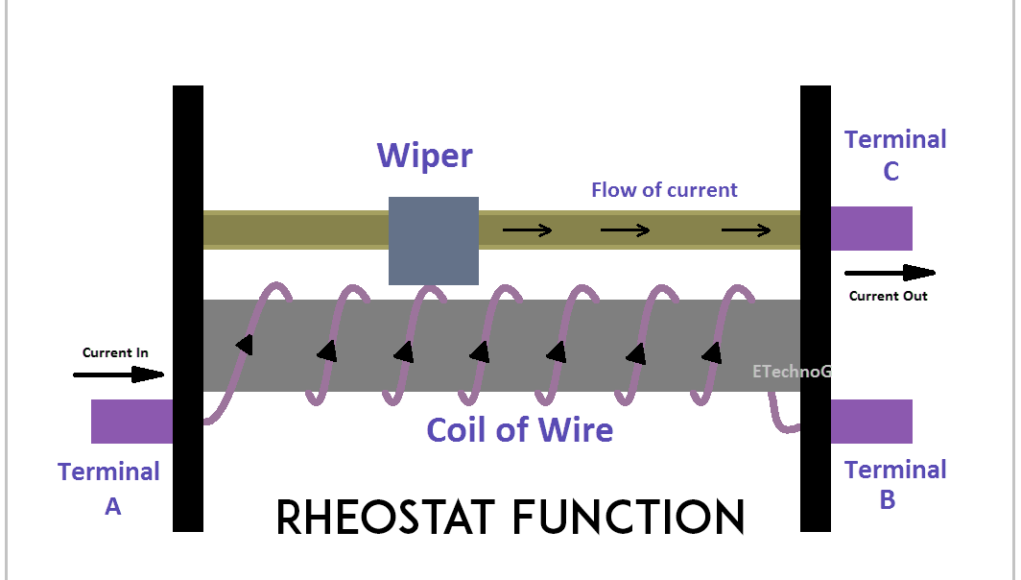In this article, you will learn about the rheostat function, how they work, and all the other details that you should be aware of. They are available even in your home.! They are extensively used throughout the globe. Therefore, everyone must understand what they do and how they are doing. Keep reading to learn more about the rheostats.
Before we dive into the details, Let’s review the meaning of a rheostat.
What is a Rheostat?
A rheostat can be described as a device that is regarded as an adjustable resistor. They’re a little like potentiometers. You can alter the resistance of the Rheostat to control the flow of current it flows through. They are excellent for controlling the downstream flow in different devices, like transistors, lamps, or lamps. The great thing about the rheostats is that they can modify the circuit’s resistance without creating any disruption! The symbol of a rheostat, following IEC standard IEC standards, is defined as a rectangular shape placed between two lines and an arrow. The arrow will cross the rectangular shape in a semi-tilted fashion. Here’s an image of the symbol:
One of the most significant features of rheostats is that they come with two connected terminals.
What is the rheostat function?
We are all aware that one must either alter the circuit’s resistance or the applied voltage to alter a current. The role of the Rheostat is to alter the circuit’s resistance so that it can alter the current of the circuit. If you are looking to decrease the current of an electrical circuit, it is recommended to increase the resistance of the Rheostat. In the same way, when the circuit needs an increase in the current, you should reduce that Rheostat’s resistivity.
The Rheostat function is dependent upon changing the resistance in the Rheostat. To achieve this, it is necessary to change one of three variables (length of the Rheostat, its type, and the area of cross-section) which affect resistance, and the most significant factor is length. A sliding contact within different kinds of rheostats is utilized to alter the length and, consequently, the resistance. To comprehend how it alters the length, it is necessary to know the Rheostat’s structure:
Rheostat’s Construction
The construction of the Rheostat is similar to that of the potentiometer. However, the main distinction is that it has only two connections. One of the connections is utilized for the resistive element, while the other is connected to the sliding connection (also called” the wiper). Thus, one of these terminals is fixed, and the other is a moving one.
The length that influences the resistance lies between the terminal that is fixed and the place where the sliding terminal is located on the resistive path. To alter the length of time, the slider must be moved, which will result in a change to the resistance of the Rheostat. The length and resistance are directly proportional, so growing the length will increase resistance, and the reverse is true.
The function of Rheostat indeed differs from potentiometers since it must take on a large volume of power. This is the reason they have wire-wound resistors. The name comes from the fact that the resistive wire is wrapped in an insulation ceramic core the contacts (wiper) will move over the wires to get the desired results.
Read More: A Complete Guide About Contactor: With Working And Types Of Contactors In Detail
Rheostat Application
Rheostats are used extensively. A typical application for rheostats is for electrical power devices. They are utilized to regulate the intensity of light within the dimmers for light or in ovens, heaters, etc. Be aware that specific devices employ switching electronic circuits instead of Rheostats. This is why rheostats are frequently used for other functions like tuning and calibration circuits.
As we’ve already talked about, the most frequent application of Rheostat is the use of the rheostat function to regulate the current. You can restrict the current using the aid of a rheostat and help stop high current issues.
Different types of rheostats are created to satisfy different requirements. Based on the different kinds of rheostats, we will go over the procedure and its applications:
1. Linear Rheostat
The sliding terminal slides across the linear resistance of the Rheostat, thereby changing the length previously mentioned. Even though this unit comes with two fixed terminals, only one fixed terminal of this type of Rheostat is linked directly to the slide.
Linear rheostats are often employed in lab applications.

2. Rotary Rheostat
The path of resistance for rheostats in the rotary type is rotary. The wiper of this kind is attached to a shaft, and the movement of the shaft alters the length and, consequently, the resistance.
The Rheostat function rotates commonly utilized in power-related applications, but the principle behind it is the same for any linear rheostat and the types of presets.
3. Preset Rheostat
The rheostats that are preset can be used on the printed circuit board. It is also known as a trimmer, a small Rheostat having two terminals. Sometimes, a trimmer with three terminals can also be used as a two-terminal rheostat to accomplish the same goal. Because the design and function of a potentiometer and one-stop Rheostat are the same, potentiometers are used as rheostats for this goal by wiring the potentiometers so that the fixed terminal and a moving terminal function as a single terminal, you’ll end up having two terminals. This makes the entire unit function as Rheostats. These rheostats can be set to calibrate a circuit.
Now you are aware of everything you need to know about rheostat functions and how it functions in addition to its various forms and applications. What are your thoughts on this variable resistor and its various types? Let us know your thoughts in the comments section.
Rheostats: What are they used for?
Electric motors and radios are controlled by rheostats, which increase or decrease their volume. If a significant current needs to be delivered, but a high voltage isn’t required, it’s used.
Power control applications such as the knob are used to control the volume of a music player, the knob is used to manage the brightness of a desk lamp’s light, and the knob is used to control the brightness of a computer’s display. The knob is used to control the temperature of the electric iron; switching electronics are used to replace them. Moreover, the fuel gauge, the weighing device, and so on.
FAQs
Apart from this if you are interested to know more about Electric Radiant Flooring Heating then visit our BUSINESS category.













